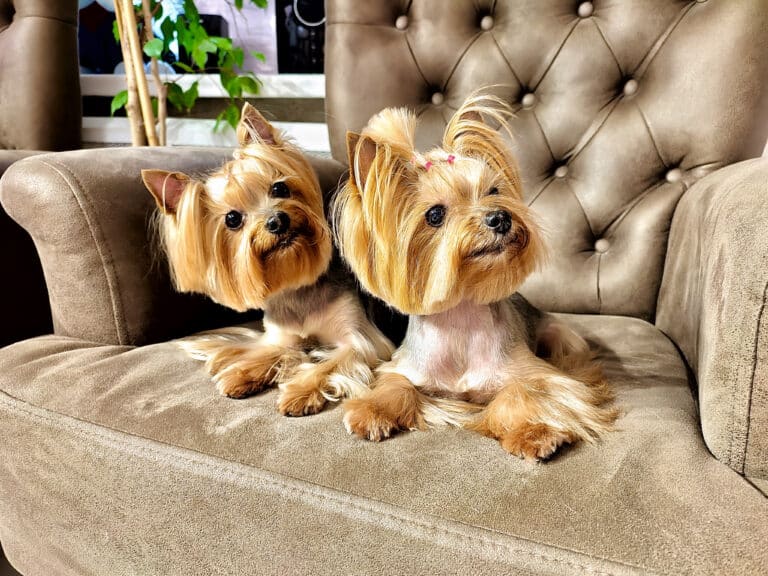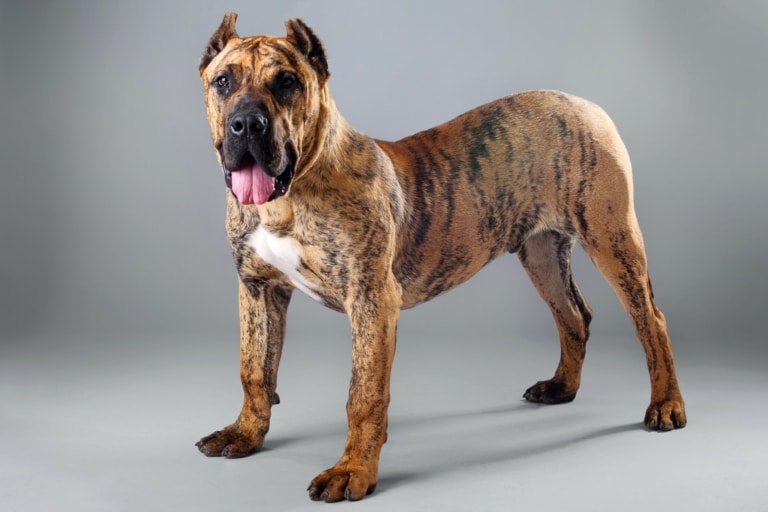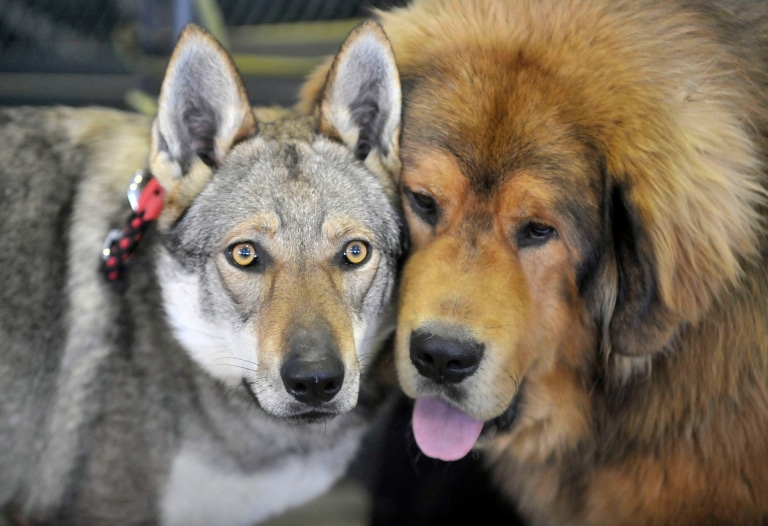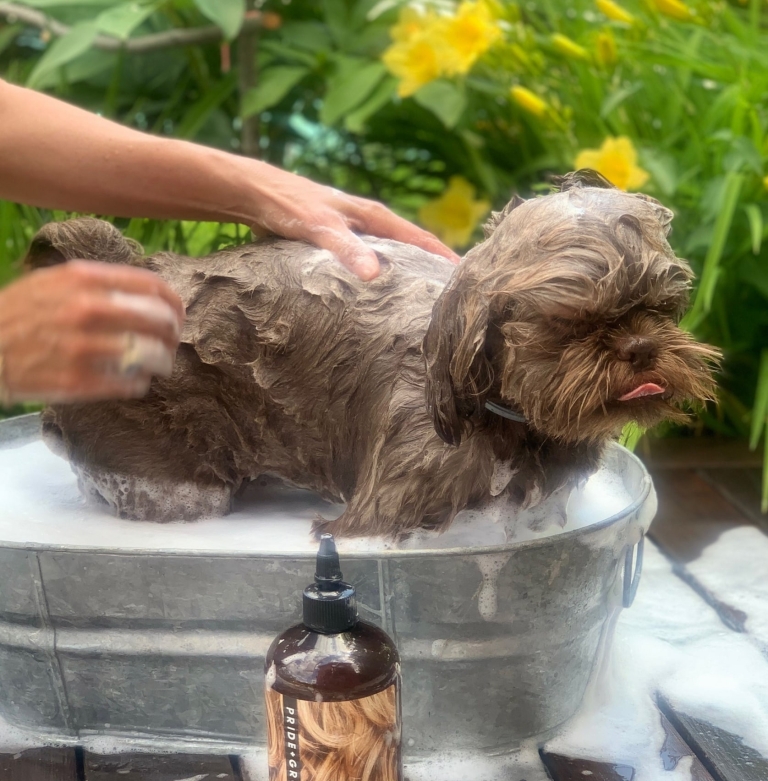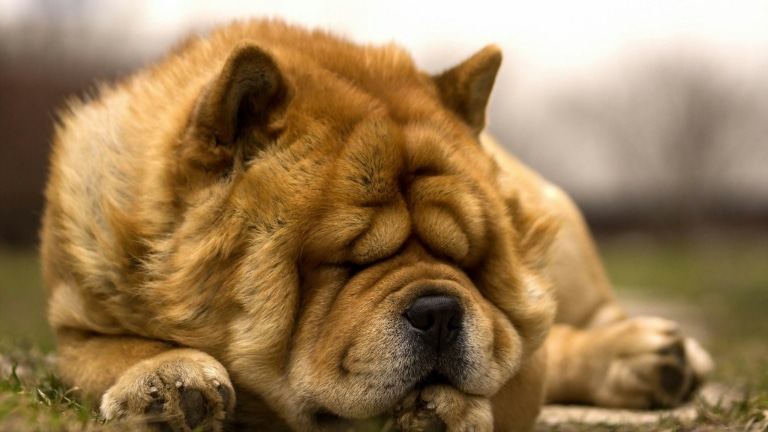Biewer York and Yorkshire Terrier are among the most popular decorative dog breeds. At first glance, without delving into details, one can notice their similarity. However, there are differences that can significantly influence your choice of a pet. In this article, we will highlight the characteristics of each breed and provide care recommendations.
Breed Origins
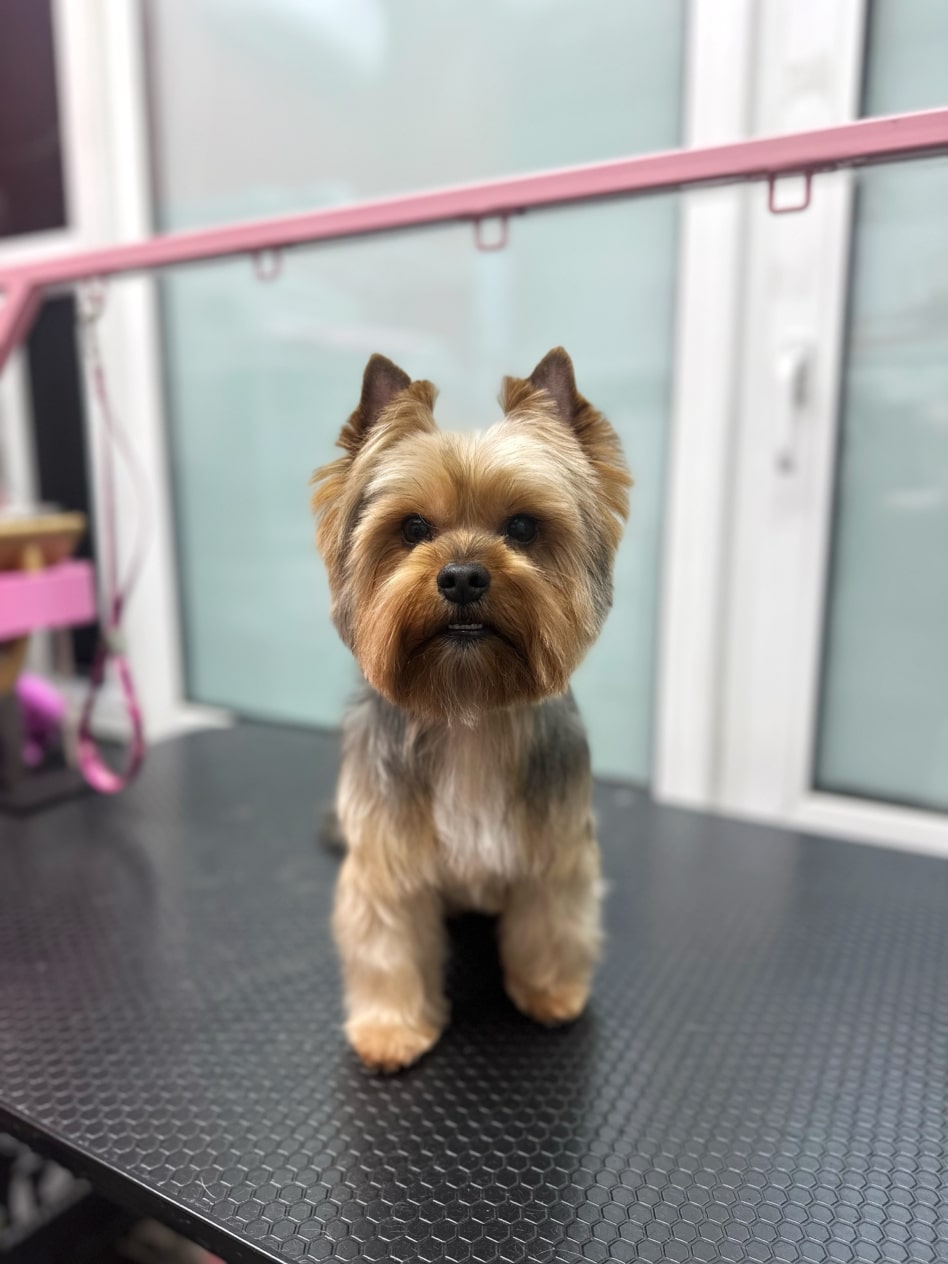
The Yorkshire Terrier, one of the oldest decorative breeds, originated in 19th-century England. Initially, these dogs actively helped fight rodents in textile factories, but over time, they became beloved family pets. Their small size and playful nature contributed to the breed receiving official recognition in 1886.
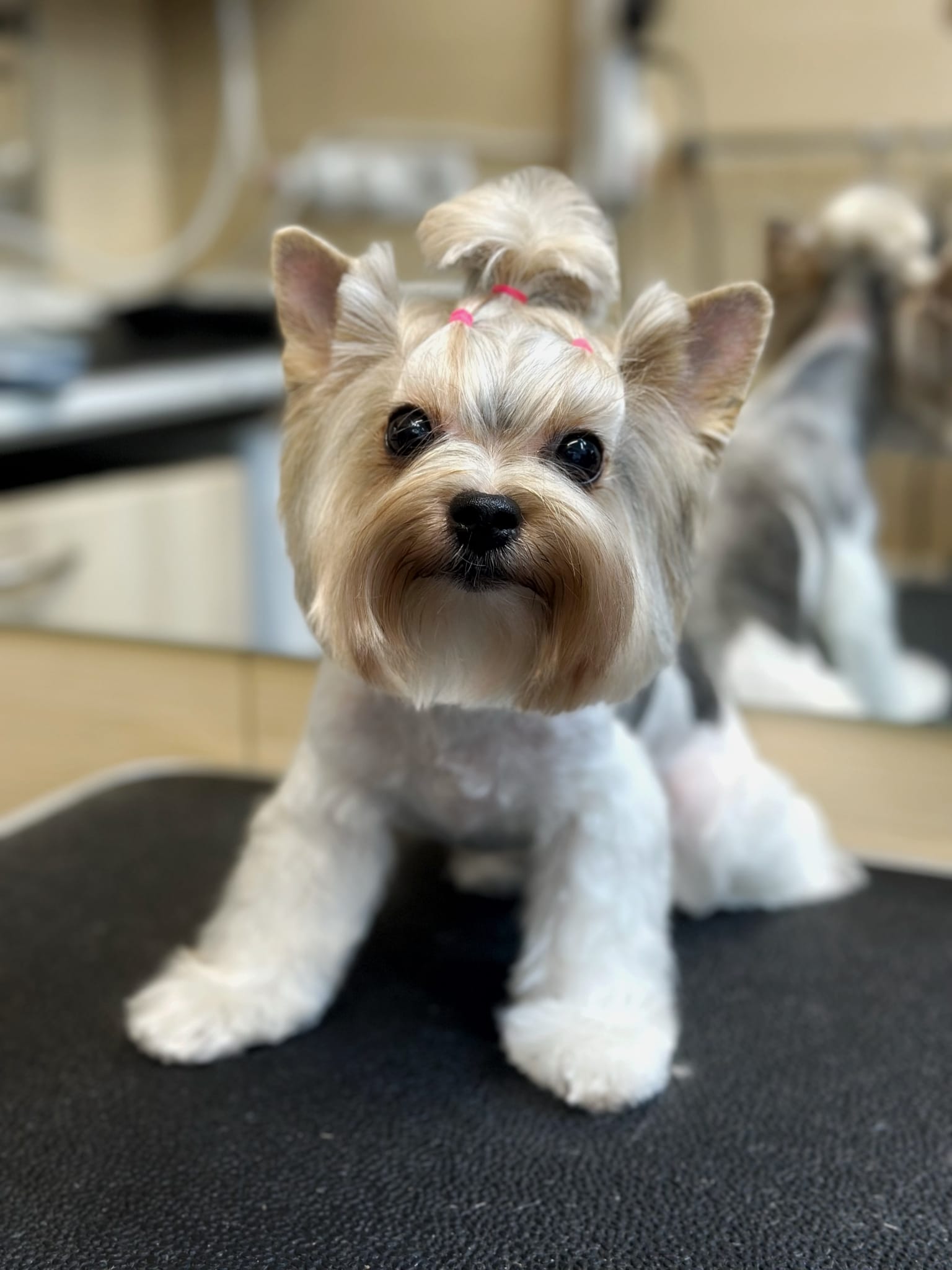
Unlike the Yorkshire Terrier, the Biewer York emerged relatively recently in Germany. In 1984, Yorkshire breeders Werner and Gertrude Biewer accidentally bred a puppy with a black-and-white coat and decided to develop this trait. By 1989, the Biewer Yorkshire Terrier, recognized for its unique tricolor coat, was officially registered with the German Kennel Club.
Appearance
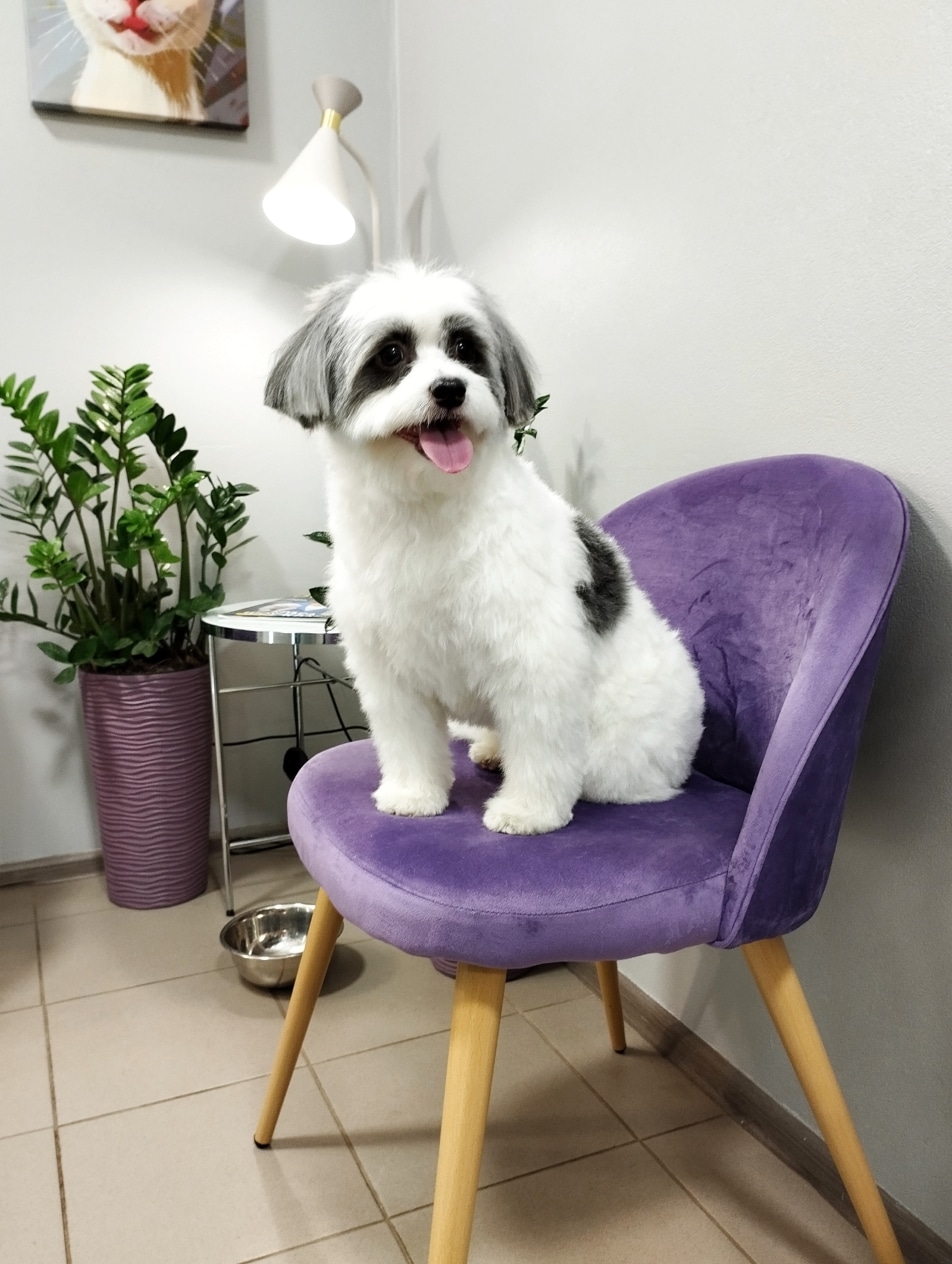
Biewer Yorks and Yorkies are small in size and have a compact build. Their weight typically ranges between 2–3.5 kg, and their height reaches 23–27 cm. However, in other aspects, both breeds have distinct features. For instance, Biewer Yorkshire Terriers are sturdier than Yorkies and have a broader muzzle with rounder facial features.
The coat structure differs significantly. Yorkies have hair similar to human hair: silky, smooth, and lacking an undercoat. They are often seen with long hair parted in the middle. Biewer Yorks, on the other hand, have a dense undercoat, which adds volume and fluffiness. As a result, even their ears appear wider, although they are the same shape and size as those of a Yorkie.

However, the most distinctive feature of these breeds is their coat color. Yorkies have a steel-blue coat with well-defined golden-brown areas on the head, chest, and legs. Biewers, on the other hand, have a unique tricolor pattern consisting of white, black, and gold, with white usually appearing on the legs, belly, chest, and tip of the tail.
Character and Temperament
This is the most crucial factor to consider when choosing the right breed for yourself.

Yorkshire Terriers are perfect for active people. They love walks, games, and small trips, so they constantly require physical activity and attention. If Yorkies sense danger or boredom, they may bark incessantly, which can strain relationships with neighbors.
Some negative traits include stubbornness, aggression toward other animals, and a strong tendency to insist on their own way. To manage this, early socialization and consistent training are essential.

Unlike Yorkies, Biewer Yorks are calm, balanced, and rarely bark without reason. They easily get along with people and animals, making their socialization easier. Cuddles, affection, and a peaceful rest beside their owner are all they dream about. However, if left alone for too long, they may develop destructive behavior.
Dog Care
Nutrition. Regardless of the breed, all dogs need a balanced diet rich in vitamins, minerals, and nutrients. To keep your pet healthy, energetic, and beautiful, avoid feeding them table scraps, including sweets, fried, smoked, or fatty foods. For rewards, use special treats from pet stores and monitor their daily intake.
Physical Activity. Biewer Yorks are satisfied with calm walks and simple indoor games, while Yorkies require more exercise and engagement.
Before heading outdoors, check the weather conditions. In extreme heat, walks should be postponed until the evening when it’s cooler. In cold weather, warm clothing and paw care are essential, as temperature changes and road salt can cause cracks.
Health. The small size of both breeds makes them prone to injuries. Their bones are fragile and can be easily damaged by falls or rough play, while patellar luxation is one of the most common health concerns. For walks, a harness is recommended instead of a collar to prevent tracheitis and tracheal collapse. Additionally, these dogs are susceptible to hypothermia and dental tartar buildup due to their small jaws.
To minimize risks and ensure proper care, visit a veterinarian at least once a year for a general check-up, vaccinations, and advice.
Grooming. Regular grooming prevents matting, improves blood circulation, and promotes healthy, shiny fur. It also helps detect changes in coat texture, irritations, wounds, or parasites early. In general, the grooming routine for Biewer Yorks and Yorkies is similar.
Ears and eyes should be cleaned with cotton pads and special lotions. Keep an eye out for redness, inflammation, dirt, or unusual odors. If something seems off, consult a veterinarian promptly.
Oral care includes brushing teeth with toothpaste and a toothbrush, ultrasonic cleaning, and providing chewing treats to remove plaque. A combination of these methods helps prevent dental diseases.
Trimming nails every two weeks with a nail clipper is essential to prevent splitting and breakage. It also reduces the clicking noise on floors. If paw pads become dry or cracked, apply wax, cream, or a special moisturizing spray for protection.
The main difference in care lies in the frequency of brushing and bathing due to their different coat types.
Yorkies have straight, thin hair without an undercoat, so brushing 2-3 times a week and bathing once every three weeks is sufficient. Biewer Yorks require more maintenance due to their undercoat and thicker fur. They should be brushed 3-4 times a week and bathed twice a month. It’s best to use moisturizing products and detangling sprays to prevent dryness and breakage.
In a grooming salon, you can choose any haircut: short or long, with or without a topknot, with a “skirt” or a stylish trim. It all depends on your preferences and whether your dog participates in shows.
Conclusion
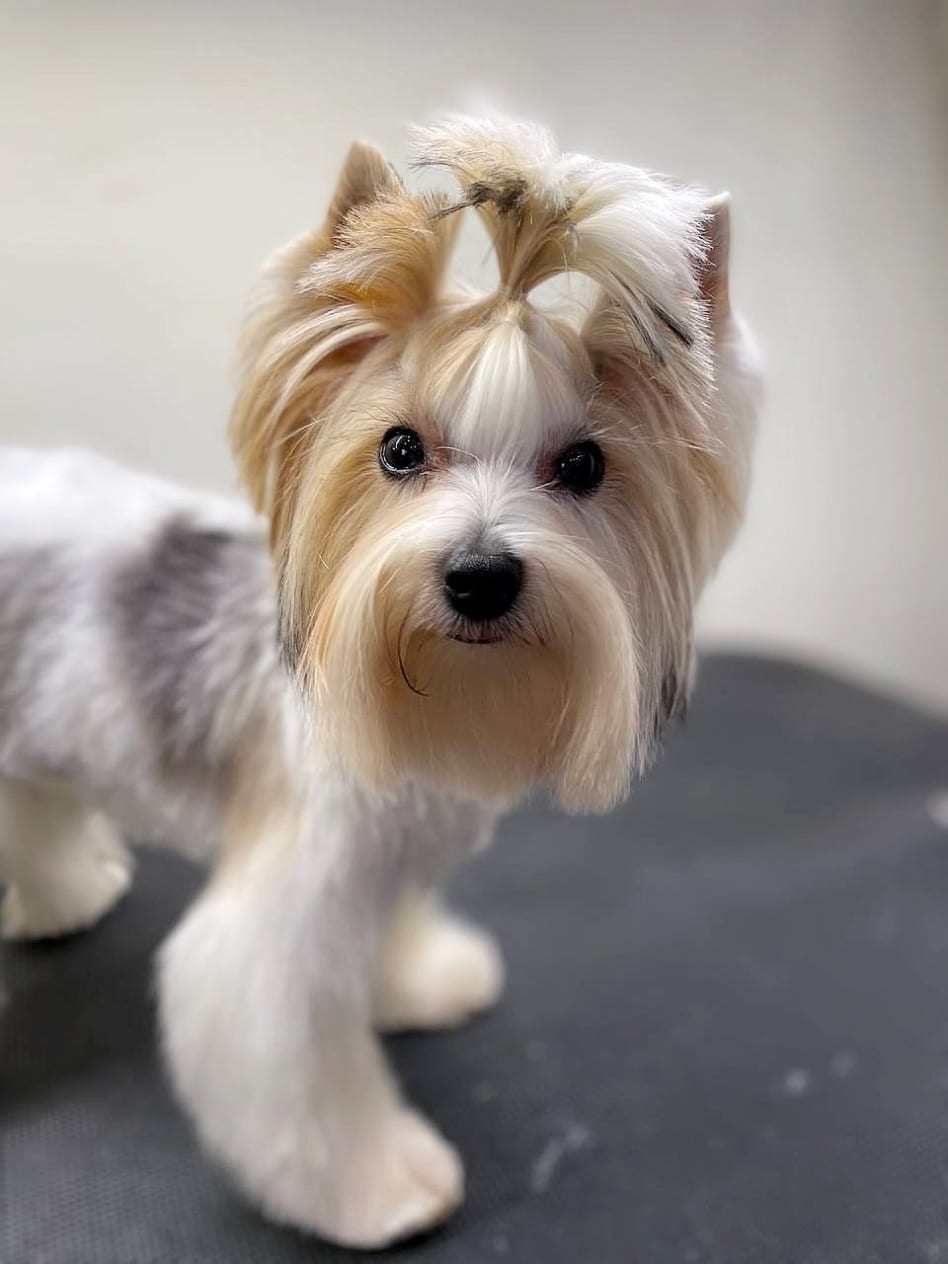

Biewer York and Yorkshire Terrier, as we can see, share many similarities but also have notable differences. The choice between them depends on your preferences: whether you’re looking for a more active and independent Yorkie or a gentle and calm Biewer York. It also depends on how much time and effort you are willing to dedicate to grooming. In any case, every dog requires love, your attention, and proper care, so we wish you success in finding your perfect four-legged companion.

